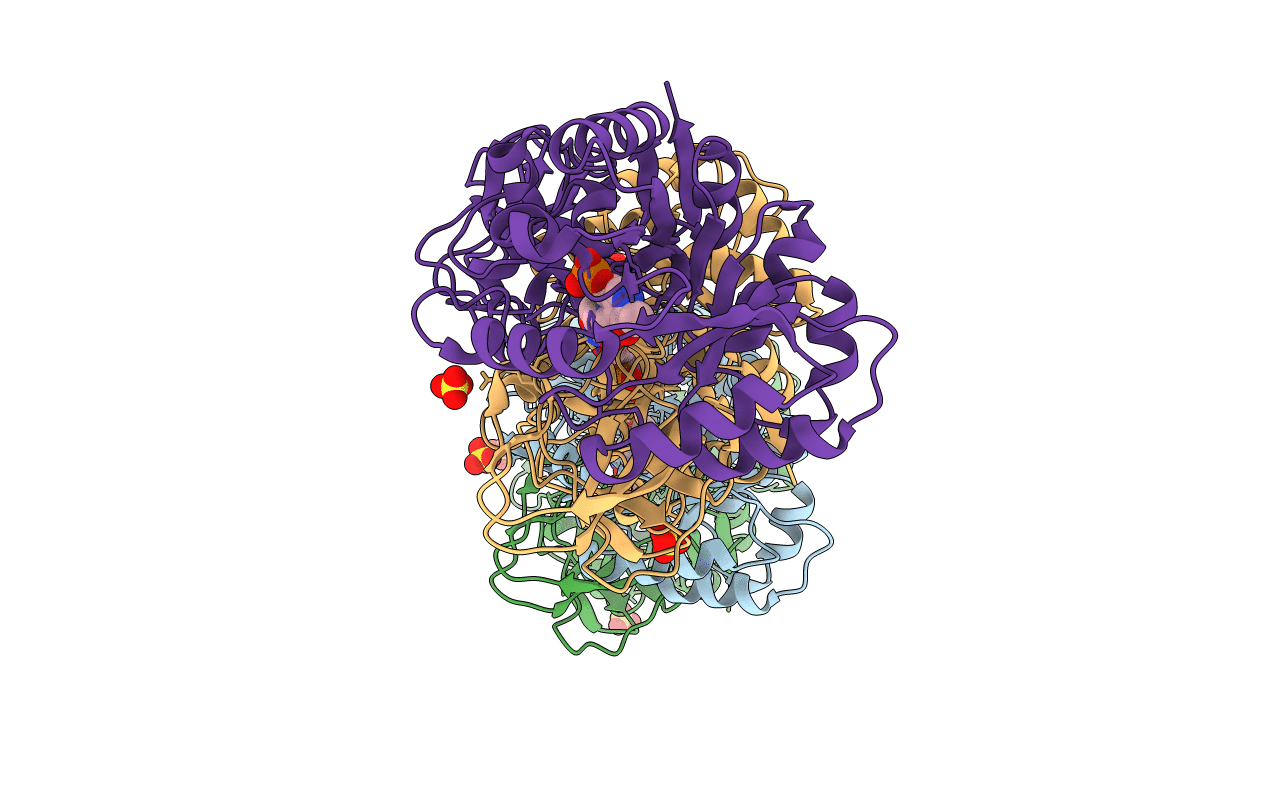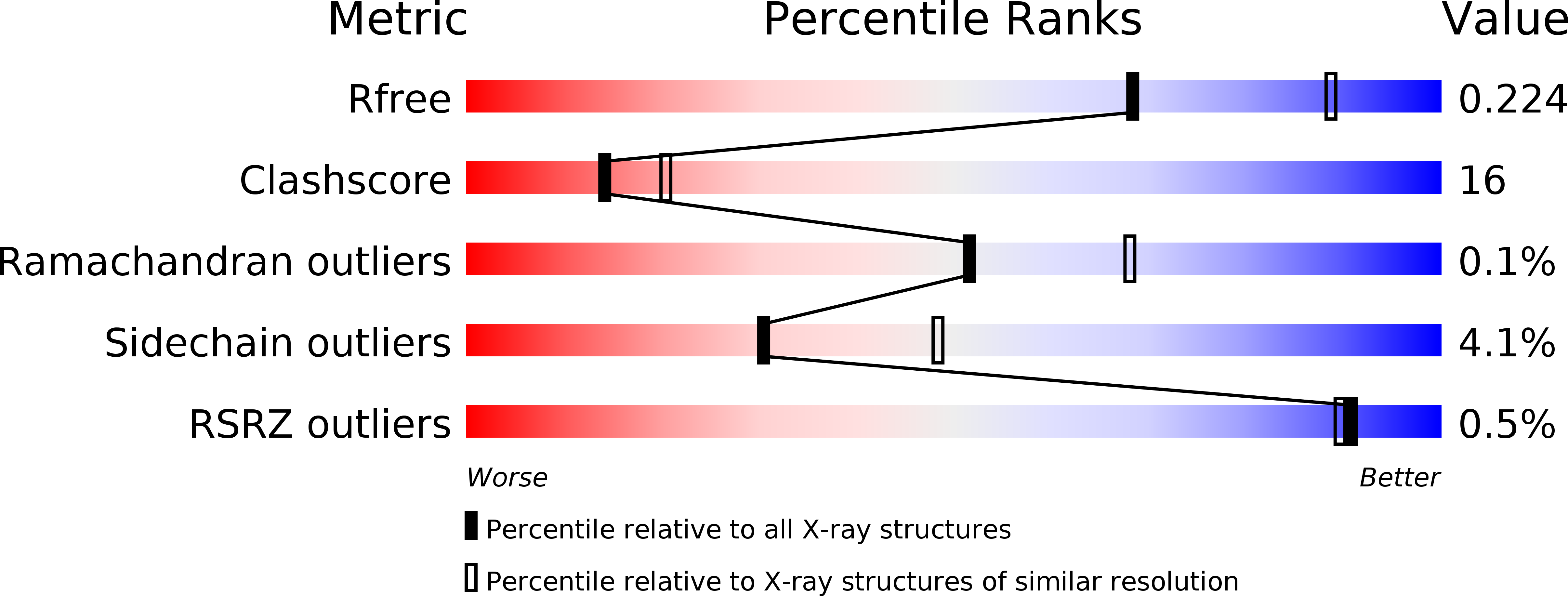
Deposition Date
2007-10-15
Release Date
2008-07-08
Last Version Date
2023-11-15
Entry Detail
PDB ID:
2RJH
Keywords:
Title:
Crystal structure of biosynthetic alaine racemase in D-cycloserine-bound form from Escherichia coli
Biological Source:
Source Organism:
Escherichia coli (Taxon ID: 83333)
Host Organism:
Method Details:
Experimental Method:
Resolution:
2.40 Å
R-Value Free:
0.22
R-Value Work:
0.19
Space Group:
P 6


